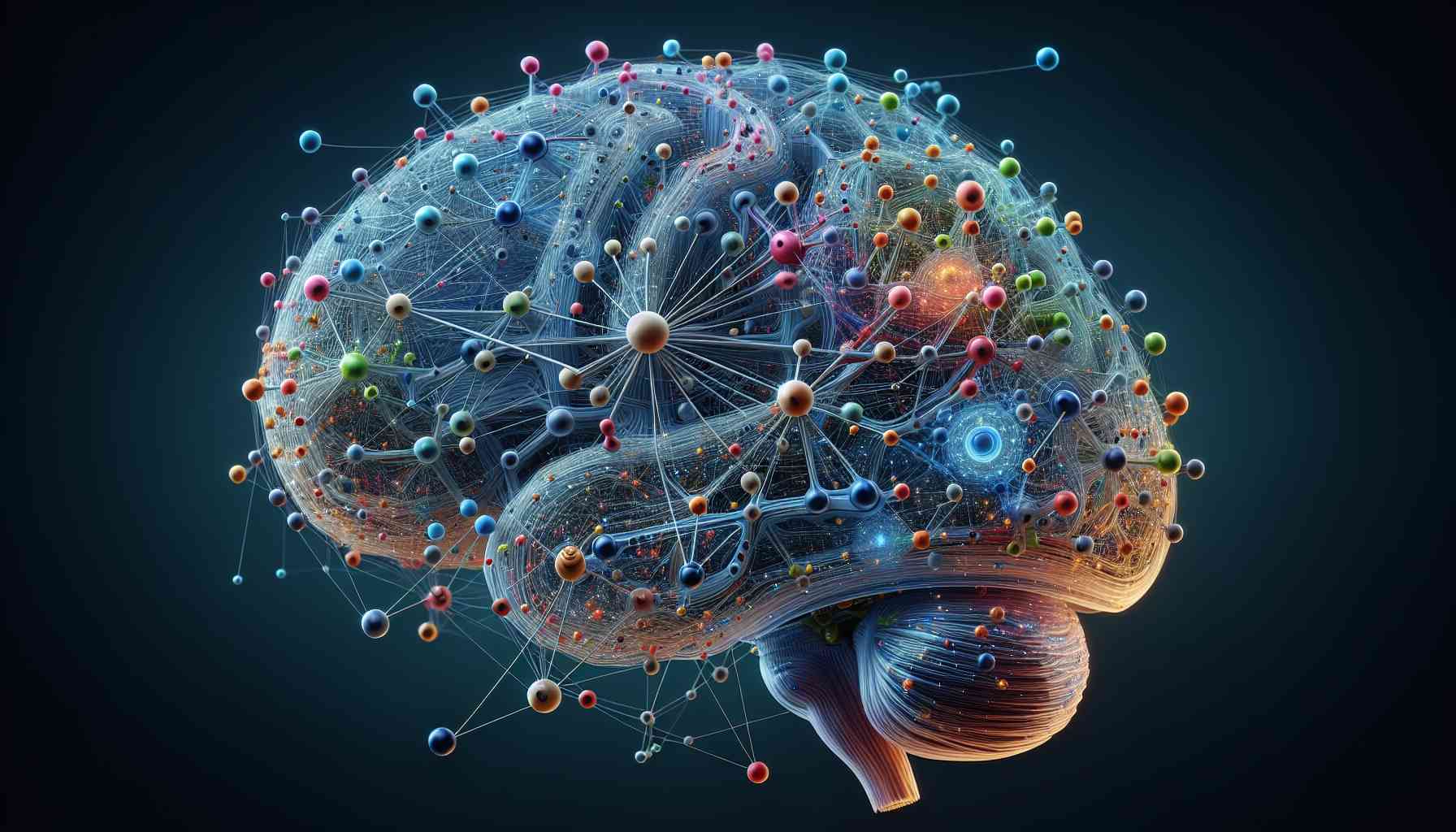Scientists have long been intrigued by the complex network of connections between neurons in the brain. Recent research has revealed that while most connections between neurons are weaker, there are a few that stand out with remarkably strong connections. This pattern, known as “heavy-tailed” connectivity, has sparked curiosity among scientists about its formation and whether it is specific to certain species or governed by a universal principle.
To shed light on this phenomenon, researchers from the CUNY Graduate Center Initiative for the Theoretical Sciences (ITS), Yale, University of Chicago, and Harvard delved into extensive datasets of neural connections in fruit flies, mice, and two species of worms. Using mathematical models based on Hebbian plasticity, a principle suggesting that neurons that fire together wire together, the scientists demonstrated how this mechanism could give rise to heavy-tailed connections.
The study also unveiled another significant feature: clustering. Neurons tend to form closely connected groups, indicating a higher level of organization within the neural network. The research aimed to unravel the origins of heavy-tailed connectivity across different species.
Christopher Lynn, the lead author of the study and now an Assistant Professor of Physics at Yale, explained that their model was based on the idea that neurons rearrange and connect under a combination of Hebbian and random dynamics. While some connections serve specific purposes, others form randomly.
The team’s findings suggest that the principles of cellular self-organization can explain the formation of strong connections and tightly connected networks in the brain across various species. This implies that neuronal network formation is not solely dependent on species-specific mechanisms but is driven by a simple principle of self-organization.
The implications of this research extend beyond understanding the intricate connections in the brain. The newfound knowledge could serve as a foundation for studying brain structure in other animals and potentially enhance our understanding of human brain function.
Journal Reference:
Lynn, C.W., Holmes, C.M. & Palmer, S.E. Heavy-tailed neuronal connectivity arises from Hebbian self-organization. Nat. Phys. (2024). DOI: 10.1038/s41567-023-02332-9
The source of the article is from the blog maestropasta.cz

